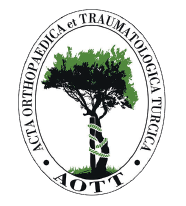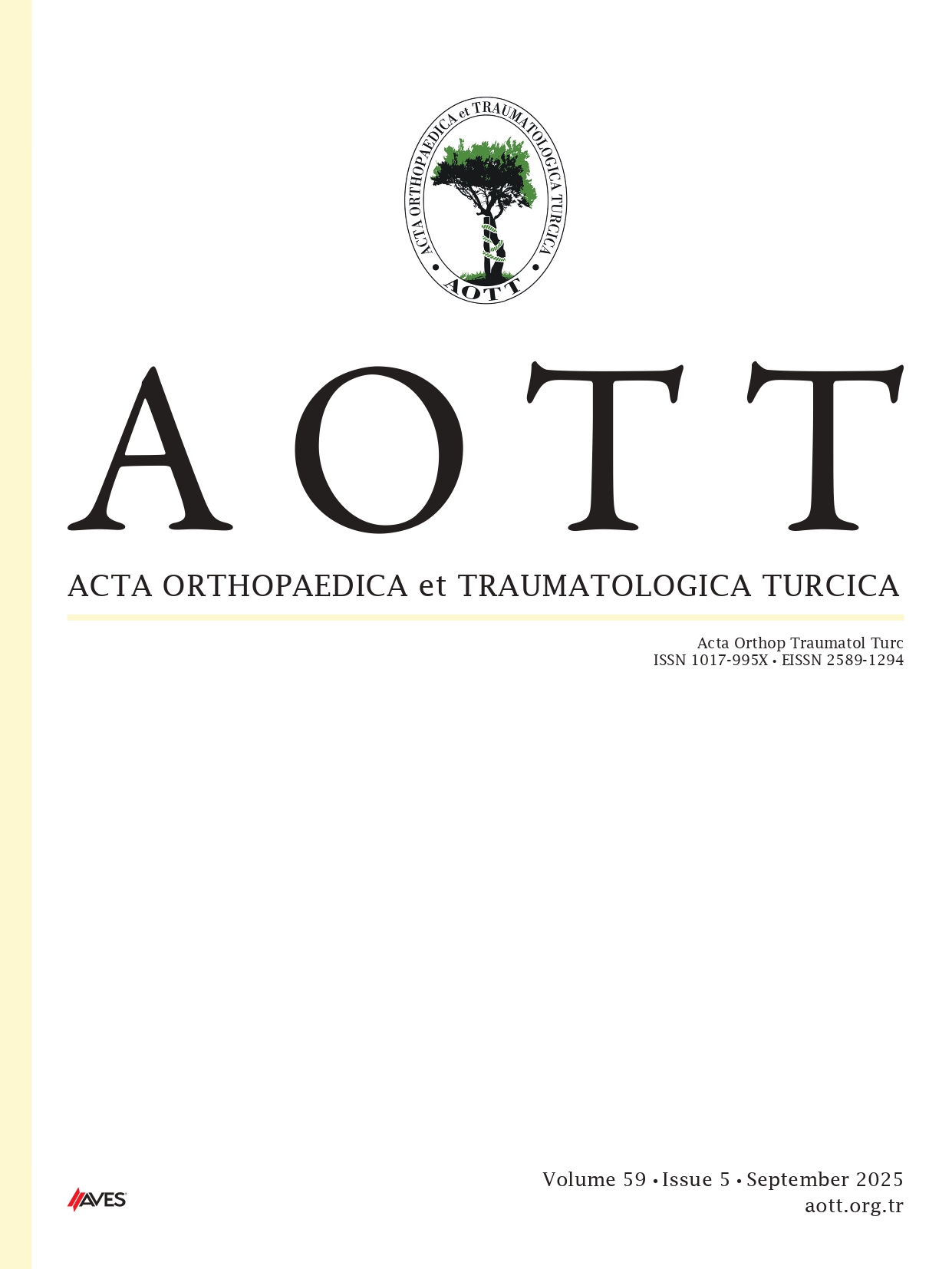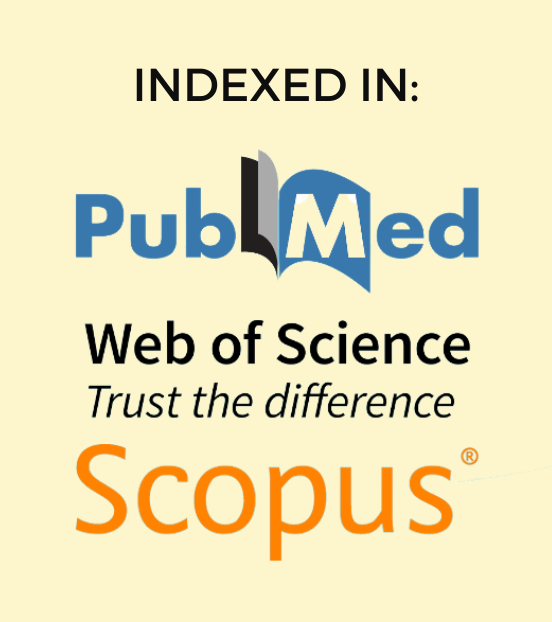Objective: The aim of this experimental study in a rat model was to investigate the biomechanical and histological effects of subacromial corticosteroid injections on the healing of the tendon-bone junction after repair in the rotator cuff tear model.
Methods: A total of 48 rats were divided into 3 groups: the control group, the single-dose steroid group, and the 4-dose steroid group. The supraspinatus tendon was completely dissected from the footprint attachment site and repaired. Saline was injected into the subacromial area in the control group, while 0.6 mL-4.8 mg/kg of single-dose methylprednisolone was applied to the single-dose group, and the same dose was applied 4 times at 1-week intervals to the 4-dose steroid group. All animals were allowed unrestricted movement during this period, and all animals were sacrificed by cervical dislocation 4 weeks after the last dose in the 4-dose steroid group. Cell shape and the number of apoptotic cells were assessed histopathologically, and the fracture load, maximum stress, and energy absorption were assessed biomechanically.
Results: There were no significant differences in terms of cell shape between the groups. There was a significant difference in the mean number of apoptotic cells in the control group and in the single-dose and 4-dose steroid groups (P=.028). There was a 36% reduction in the mean number of apoptotic cells in the steroid groups compared to the control group. In the biomechanical evaluation, no differences were found between the groups in terms of maximum tension or breaking load (n.s.). A significant difference was found when the 3 groups were compared in terms of energy absorption (P=.001). There was a significant difference in energy absorption between the control group and the steroid-treated groups, but there was also a significant difference between the single-dose group and the 4-dose group (P=.038).
Conclusion: The administration of corticosteroids was found to have a negative effect on healing at the tendon-bone junction, but this effect did not vary with the number of steroid injections. From a biomechanical perspective, it was observed that the energy absorption at the surgical repair site was lower with corticosteroid administration, and this negative effect increased with the increasing number of injections.
Cite this article as: Şahin H, Akalın Y, Çevik N, Avci Ö, Sağlıcak H, Öztürk A. Dose-independent adverse effects of corticosteroid injections on rotator cuff healing in a rat model. Acta Orthop Traumatol Turc., 2025;59(2):100-104.



.png)
.png)
